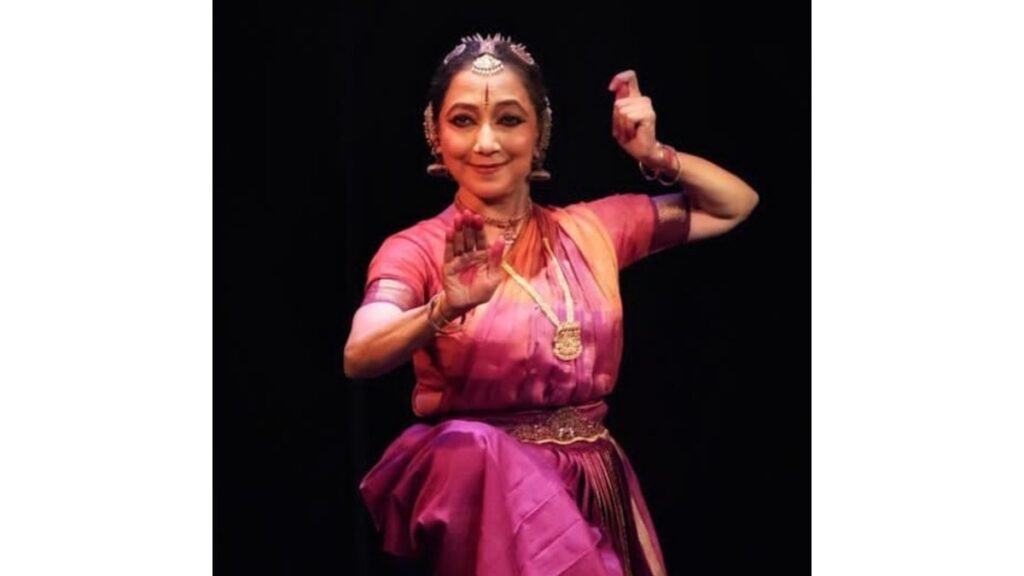

Historically, Bharatanatyam is a system of dance, described in the Natya Shastra, capable of manifesting various forms. The term Bharatanatyam today identifies a particular style of dance. In the olden days, the Devadasis were not allowed to have families, as they led a very strict life. Since these dancers were called Devadasis, Bharatnatyam was originally called Dasi Attam.

They were well versed in Sanskrit and other languages. They would sing, dance and play many musical instruments. (HISTORY OF BHARATNATYAM)ĬLICK HERE FOR ONLINE KATHAK DANCE CLASSESĬenturies ago, there were many dancers – priestesses in the Hindu temples in south India, called Devadasis. The Natyashastra reads, “when the world had become steeped in greed and desire, in jealousy and anger, in pleasure and pain, the Supreme one (Brahma) was asked by the people to create an entertainment which could be seen and heard by all, for the scriptures were not enjoyed by the masses, being too learned and ambiguous.” The creation of Natyashastra is very important in the kaliyuga (the age of destruction of the world, as per Hindu mythology). The term “Bharatnatyam” partly owes it’s name to Sage Bharatha. Thus Natya became the authoritative form of classical Indian dances. Bharatha, together with groups of Gandharvas and Apsaras performed Natya, Nritta, and Nritya before Lord Shiva. Brahma took pathya from the Rig veda, Abhinaya from the Yajur Veda, Geeth from the Sama Veda, and Rasa from Atharva veda, to form the fifth veda – the Natya Veda. He propagated this veda on earth through Sage Bharatha, who wrote it down as Natyashastra. So, Brahma created the fifth Veda, which is a combination of the existing four vedas. It is said that the Gods and Goddesses pleaded Brahma for the creation of another Veda, that was understandable by common man. Natyashastra is often referred to as the Bible of Indian classical dance. It comprises of Bhava,Raga, Tala, and Natya put together as Bharatanatyam. Krishna Iyer and later spread by Rukminidevi Arundale. The term Bharatnatyam was introduced in the mid thirties by S. It is the most widely practiced of Indian classical dances in south India, and has it’s origin in Tamil Nadu. Degree and Post Graduate courses covering the practice and theory of Bharata Natyam as well as the languages associated with its development are available at major universities of India.īharatnatyam is an artistic yoga that involves the movement of the body parts in a very artistic and elegant manner. Due to its wide range of movements and postures and the balanced melange of the rhythmic and mimetic aspects lends itself well to experimental and fusion choreography.

Today Bharata Natyam is one of the most popular and widely performed dance styles and is practiced by male and female dancers all over India. The revival of Bharata Natyam by pioneers such as E Krishna Iyer and Rukmini Devi Arundale brought the dance out of the temple precincts and onto the proscenium stage though it retained its essentially devotional character. These highly talented artists and the male gurus (nattuvanars) were the sole repository of the art until the early 20th century when a renewal of interest in India’s cultural heritage prompted the educated elite to discover its beauty.Ĭlick Here for Classical Dance Troupe in Delhi for Events / Showsīy this time the Devadasis had fallen upon evil days due to lack of state patronage and changed social mores. The art was handed down as a living tradition from generation to generation under the Devadasi system under which women were dedicated to temples to serve the deity as dancers and musicians forming part of the elaborate rituals. Later it was codified and documented as a performing art in the 19th century by four brothers known as the Tanjore Quartet whose musical compositions for dance form the bulk of the Bharata Natyam repertoire even today. It was nurtured in the temples and courts of southern India since ancient times. HISTORY OF BHARATNATYAM – ABOUT BHARATNATYAMĬlick Here for kathak Dance Class Schedule & Fee at PAIPAīharata Natyam is one of the oldest dance forms of India.


 0 kommentar(er)
0 kommentar(er)
